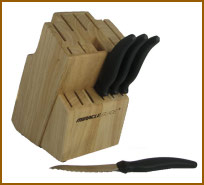 For a low low price, you can have set of tools for your students that will help them communicate asynchronously, frequently and with authentic purpose. It will also encourage students to attend to the details and quality of their published work. But wait there’s more! Research shows that these tools increase student achievement! How much would you pay for these tools?
For a low low price, you can have set of tools for your students that will help them communicate asynchronously, frequently and with authentic purpose. It will also encourage students to attend to the details and quality of their published work. But wait there’s more! Research shows that these tools increase student achievement! How much would you pay for these tools?
Fortunately for you the monetary price is FREE! It will only cost you time. You’ll need time to explore these tools. Time to share these tools and time to teach these tools. These tools are the Web 2.0 tools. While time is always at a premium in the teaching profession. It is not an insurmountable obstacle.
Here are some links to web 2.0 tools that you can start using now, email (epals), blogs (WordPress), & wikis (pbWiki). You can find helpful resources at Atomic Learning through One Place. Do you want more support? Contact your local technology coach/trainer for assistance.
Take a look at the research. Becta recently publish research based on 11 – 16 year old students in and out of the classroom.
The reports found that young learners are prolific users of Web 2.0 technologies in their leisure time but that the use of Web 2.0 in the classroom was limited. However, schools and teachers who are innovating in this area have found benefits, such as:
- Web 2.0 helps to encourage student engagement and increase participation – particularly among quieter pupils, who can use it to work collaboratively online, without the anxiety of having to raise questions in front of peers in class – or by enabling expression through less traditional media such as video.
- Teachers have reported that the use of social networking technology can encourage online discussion amongst students outside school.
- Web 2.0 can be available anytime, anywhere, which encourages some individuals to extend their learning through further investigation into topics that interest them.
- Pupils feel a sense of ownership and engagement when they publish their work online and this can encourage attention to detail and an overall improved quality of work. Some teachers reported using publication of work to encourage peer assessment.
Read the details of the research. Thanks to Ewan McIntosh for pointing this out.


